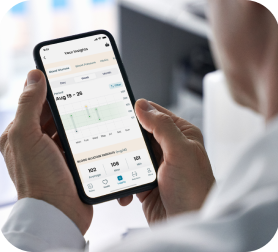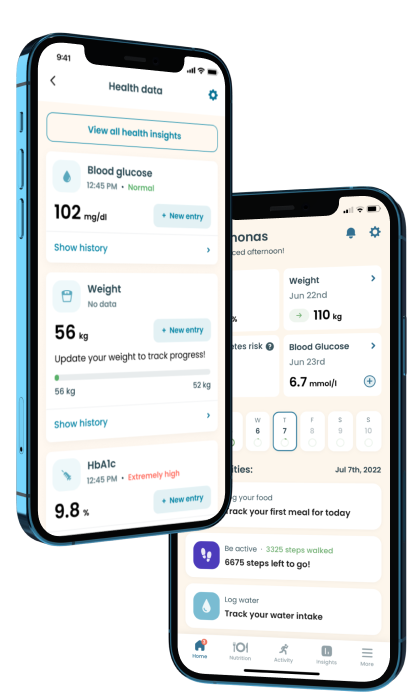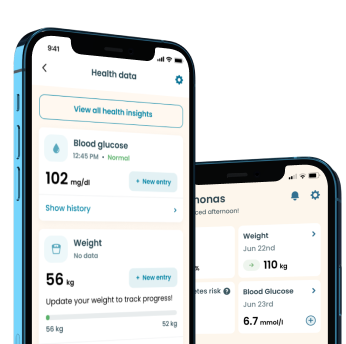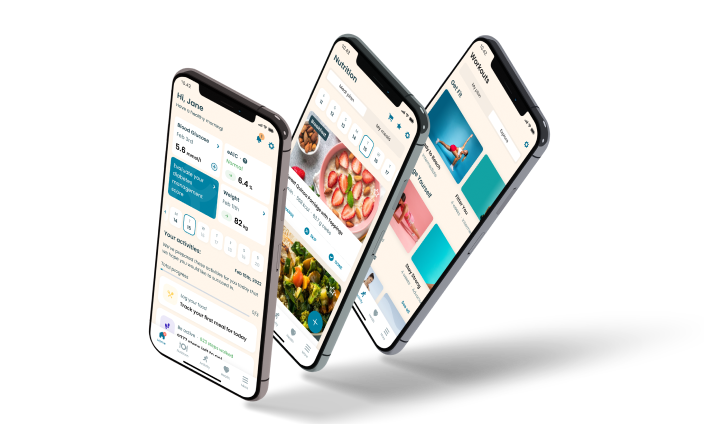Celery and Diabetes

Great
32
16 kcal
If you have diabetes, you don’t necessarily have to give up all your favorite meals and beverages like most people recommend. While vegetables with a high glycemic index (GI) (e.g., potatoes) pose a health risk, you can comfortably consume non-starchy low GI veggies like celery without worry while managing your condition.
Reports on celery and diabetes prove the vegetable to be a low-calorie, low-sugar snack that forms an excellent combo with peanut butter and dips. This article gives an overview of the benefits of incorporating this veggie into your diabetes diet.
Nutritional value
- Protein 0.69 g
- Carbohydrate 2.97 g
- Fat 0.17 g
- Fiber 1.6 g
- Sugar 1.83 g
- Cholesterol 0 g
What Makes Celery So Good for Diabetic Patients?
Celery is mostly water and has a low-calorie count (14.1 cal per cup). It doubles as a high-fiber, antioxidant-rich vegetable, offering a wide range of health advantages. This non-starchy veggie is notable for its crunchy stalks and the enjoyable combo you get when you combine it with dips.
Celery also has a low glycemic index (15) and a low glycemic load (1 per cup) which might help you maintain a healthy blood sugar level. Moreover, the USDA reveals celery to contain many vitamins (such as vitamin C, vitamin K, and folate) and minerals (including calcium, magnesium, and carotene). It also contains folate, potassium, and is a good source of dietary fiber (1.62 g per cup), which can help with weight loss and reduce the risk of diabetes.
Celery also contains luteolin, a flavonoid that possesses anti-inflammatory and antioxidant properties and can help prevent diabetic neuropathy, according to a 2015 study.
Take a quiz
Discover what Klinio app can do for you
Healthy diabetes meal plan crafted just for YOU

Personalized workouts with no equipment needed

Track your progress with smart tracking tools

How Should You Consume Celery?
There are two ways you can consume celery.
Celery Snack
Snacking is a mainstay of the "western diet" and has been related to the development of several chronic disorders, including diabetes. Since celery is low in calories, many doctors and experts advocate it as a nutritious snack that can help balance blood sugar levels. As such, you can keep on snacking without worrying about the risks of diabetes.
Celery Juice
Celery juice has recently gained popularity as a treatment for a variety of diseases, including cancer. Although drinking the juice offers an excellent way to incorporate the vegetable into your diet, it provides relatively lower fiber content compared to when consumed whole.
To boost the nutritional value of celery juice, you can add other fruits like apple, ginger, or lime. However, it’s vital to note that these additions must not be rich in sugar and must not conflict with a diabetic’s diet.
Research Highlighting How Celery Benefits Diabetes
Studies on celery and diabetes have shown that this veggie can help people with diabetes manage high blood sugar levels and high amounts of lipids or fats in the blood. Apigenin, a flavonoid present in celery, has been identified as a component capable of lowering inflammation — a significant contributor to chronic diseases like type 2 diabetes.
In addition, research has proven celery to possess an antibacterial action, which helps lower the risk of diabetes. A particular study showed that adults with the Helicobacter pylori bacteria—the causative agent of a range of gastric disorders—in their stomachs presented higher blood glucose levels than those without the organism. Furthermore, research has shown that vitamin K can reduce inflammation, improving insulin sensitivity and glucose metabolism.
Since celery yields considerable amounts of vitamin K, then its consumption would offer the associated benefits.
Lastly, research conducted by an Indonesian University’s Faculty of Medicine found celery to reduce preprandial and postprandial blood glucose levels. In this study, eight senior prediabetes patients consumed 250 mg of celery leaf extract capsules thrice daily, 30 minutes before food for 12 days. However, there was no significant increase in plasma insulin levels.
Final Thoughts
Celery is a versatile, cost-effective, and refreshing vegetable. Regardless of whether you have diabetes or not, there's no harm in adding extra healthful veggies like celery to your diet.

Download Klinio app!
Get more by downloading our free Klinio App. Analyze your health, form new habits and manage your diabetes anytime, anywhere.
OR
SCAN QR CODE



GET THE APP











